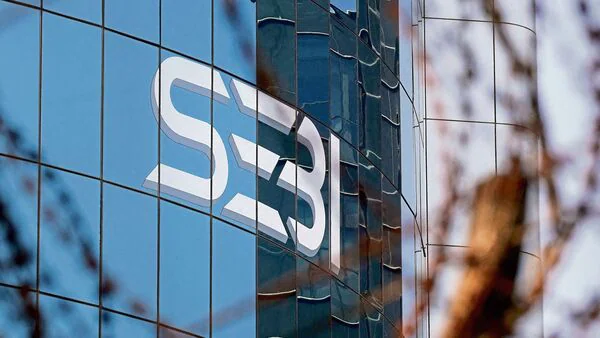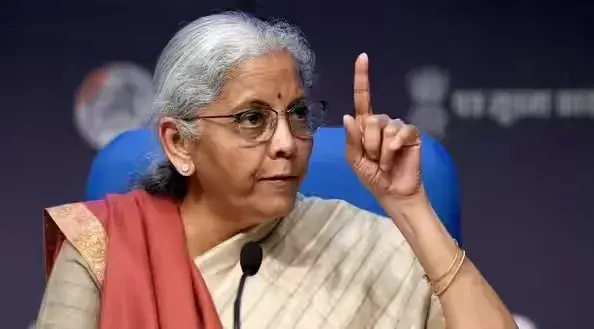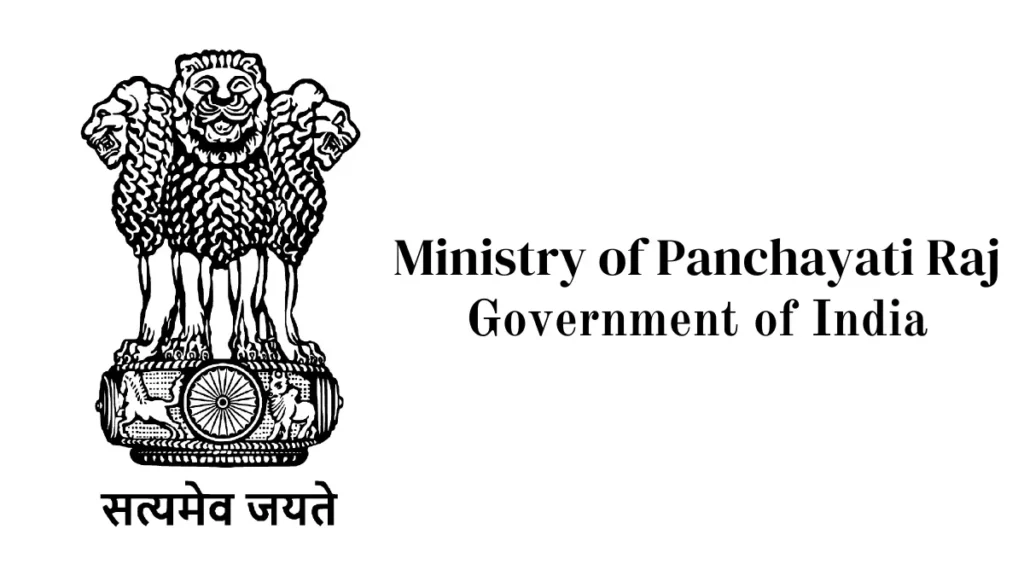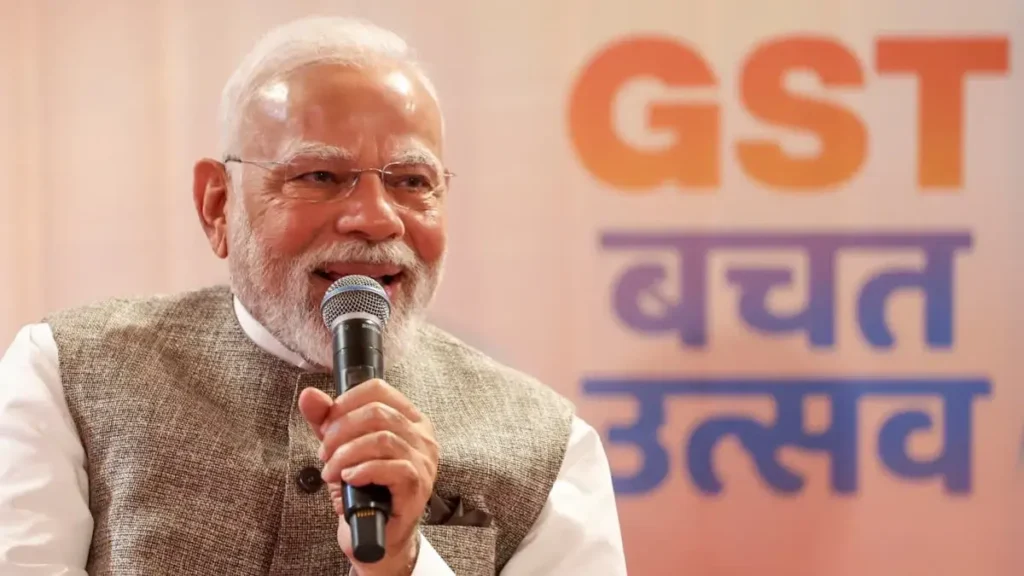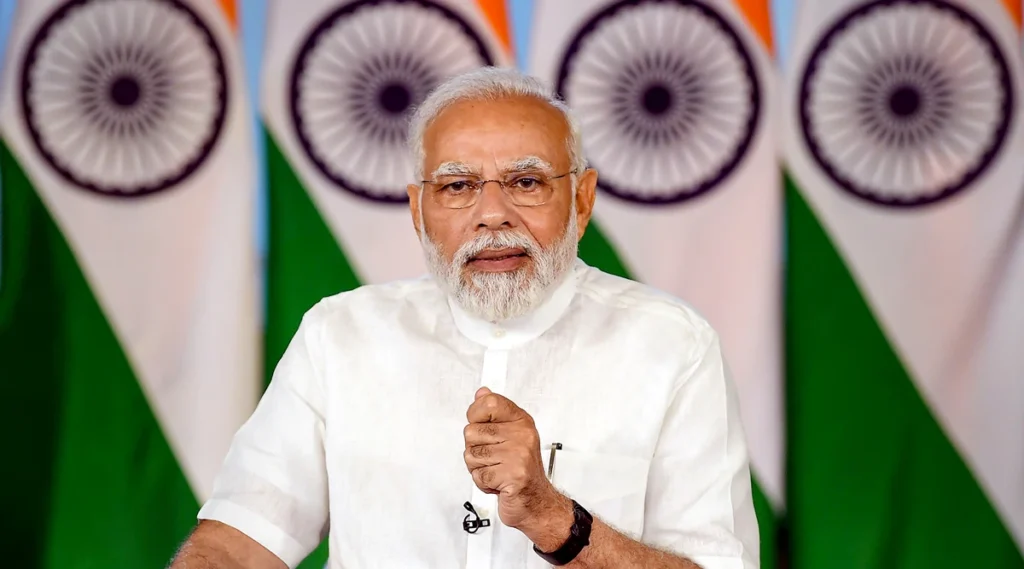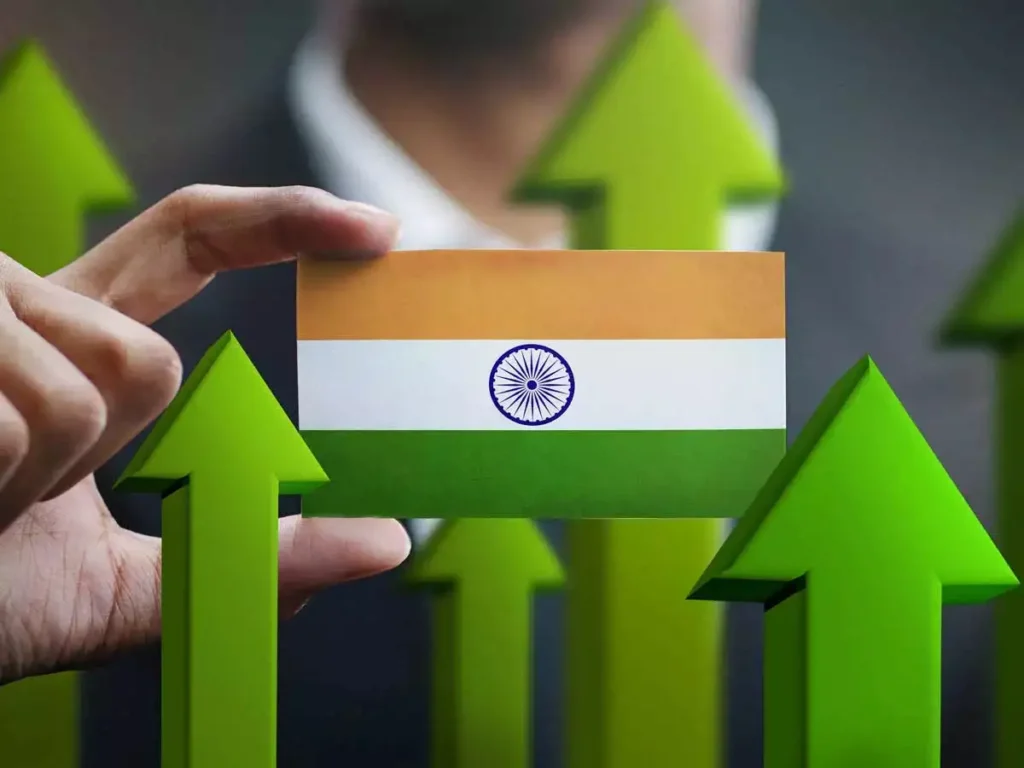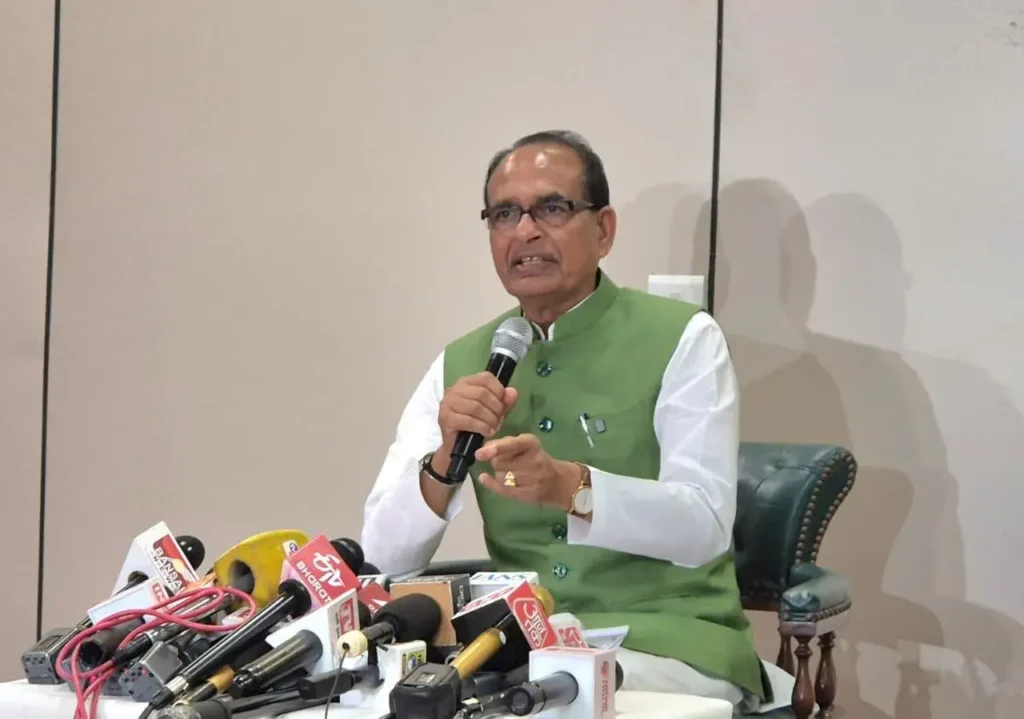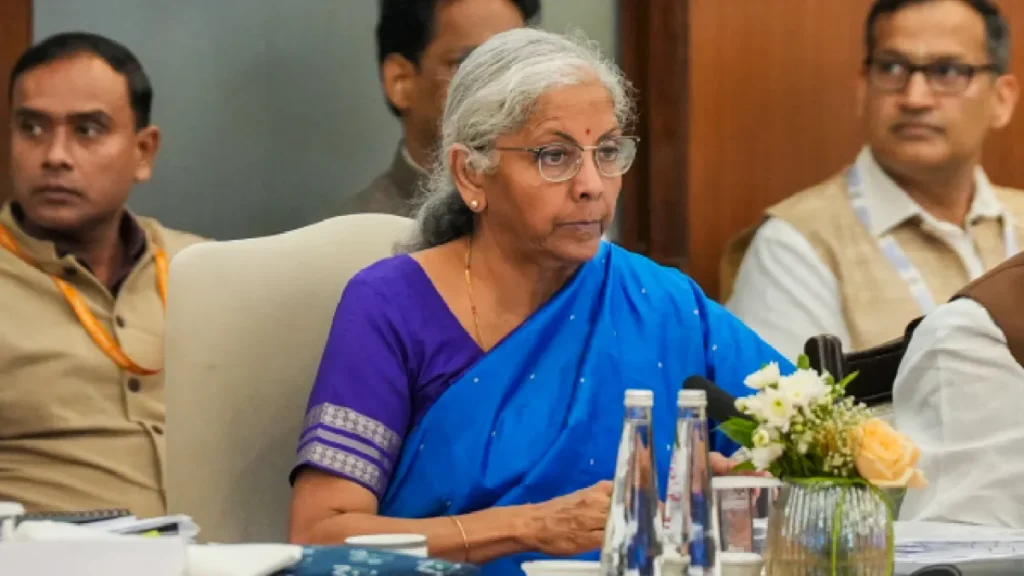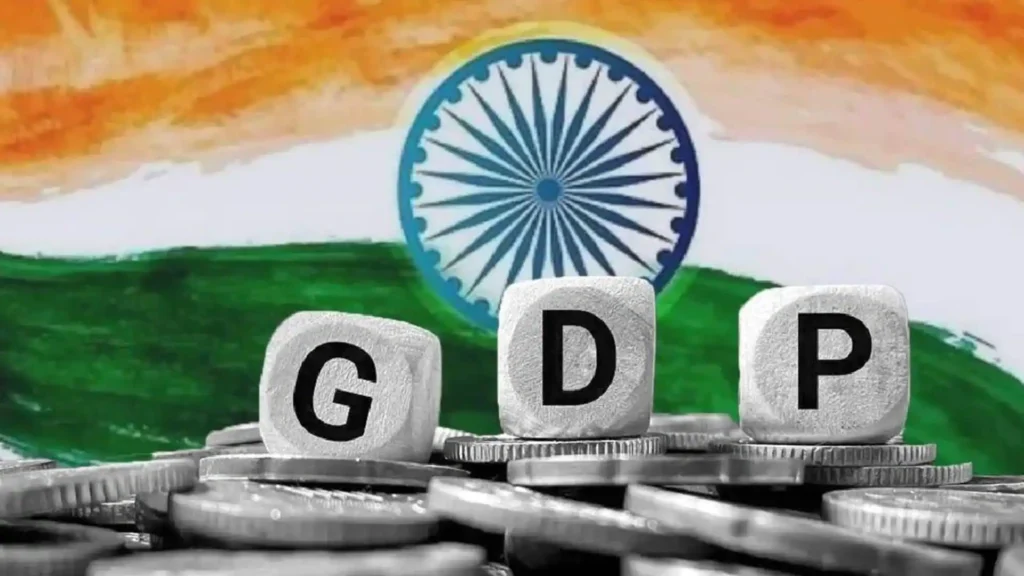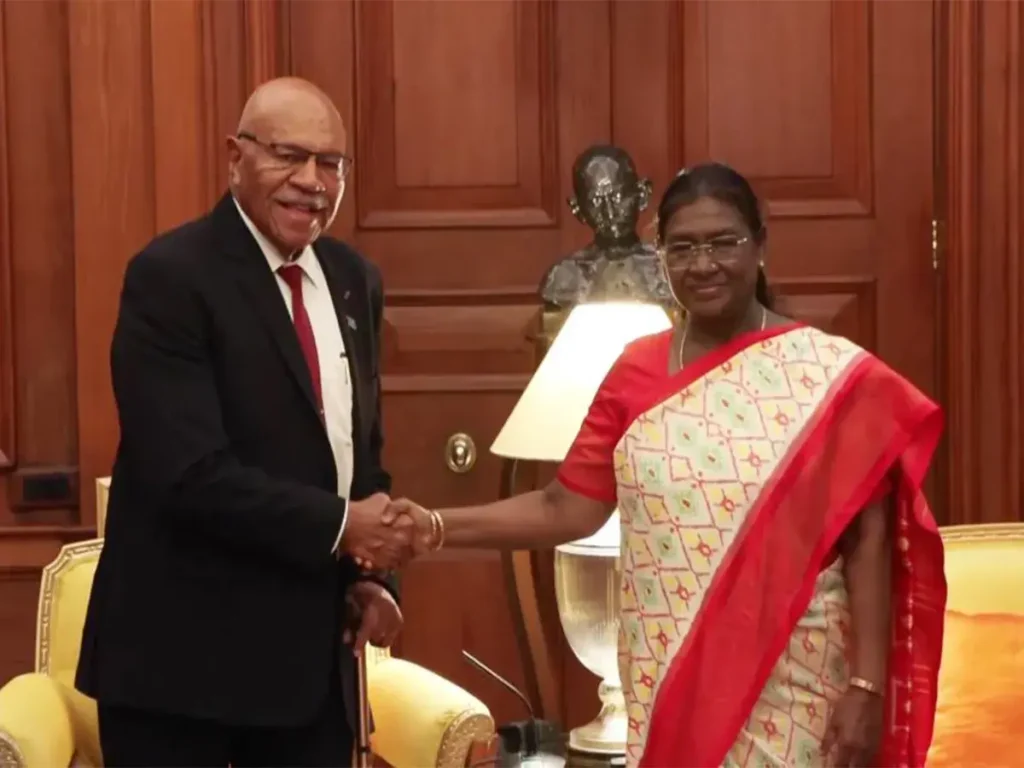SEBI Collaborates with UIDAI and RBI to Enable Remote KYC for NRIs
The Securities and Exchange Board of India (SEBI) is in advanced discussions with the Unique Identification Authority of India (UIDAI) and the Reserve Bank of India (RBI) to introduce a secure remote KYC (Know Your Customer) process for non-resident Indians (NRIs). The initiative, which is currently in the testing stage, aims to allow NRIs to complete KYC verification without the need to physically visit India. SEBI Chairman Tuhin Kanta Pandey described the move as a key priority for the regulator, stating, “This will be a major development once implemented, as it will simplify market access for NRIs.” He made these remarks while addressing an event organised by the BSE Brokers Forum (BBF). Pandey also outlined SEBI’s efforts to strengthen market surveillance, noting that the regulator is transitioning from “reactive supervision to predictive oversight.” He revealed that SEBI has revamped its data warehouse systems to incorporate advanced rule-based alerts designed to detect pump-and-dump schemes, bulk trade manipulations, and other fraudulent activities. Highlighting the regulator’s data-driven approach, Pandey said that such manipulative trading patterns are often traceable through analytics, and the upgraded surveillance infrastructure will enable SEBI to act more proactively. In addition, SEBI is working on a safety net mechanism for depository participants (DPs) to handle outages more effectively—similar to safeguards currently in place for stock brokers. “We are examining a system where, in case of a DP outage, issues can be managed at the depository level,” Pandey explained. On the foreign portfolio investor (FPI) front, SEBI plans to streamline registration further. “The FPI registration process is our window to the world. If that window is clogged with operational hurdles, it loses its clarity. The goal is not to increase risk but to simplify and modernize,” Pandey remarked. He reaffirmed SEBI’s continued focus on investor protection, particularly against cyber fraud and misleading financial advice from unregistered influencers. At the Global Fintech Fest (GFF) 2025 last week, Pandey also highlighted SEBI’s technology-driven reforms, including the Investor Risk Reduction Access Platform and a Unified Investor App, which have enhanced transparency and ease of access. These tools consolidate investor holdings, transaction histories, e-voting, and proxy advisory information under one interface. Pandey added that grievance redressal has also become more efficient through the integration of the Digital Locker system and an upgraded SEBI Complaints Redressal System (SCORES), further reinforcing the regulator’s commitment to a safer, more transparent market ecosystem. Source: IANS
SEBI Collaborates with UIDAI and RBI to Enable Remote KYC for NRIs Read More »

